I often connect to a large number of remote servers, most of which I access through Secure Shell (SSH). How I handle these connections depends on the operating system I’m using. If I’m on Linux, I most often use SSH’s command line interface and configuration file (where I can configure an unlimited number of connections).
While it’s possible to do the same thing on macOS, I often resort to a GUI app, so I don’t have to remember server nicknames or type the SSH command every time.
Termius Features and Pricing
One such application is Termius, which has been around for a while and is hands down one of the best SSH connection managers out there.
Termius can be used for free, but its functionality is limited. To take advantage of the full power of the app, you should consider purchasing a license to unlock features such as:
- the mobile and desktop application;
- secure synchronization;
- tunneling options;
- secure sharing;
- consolidated billing;
- purchase orders;
- workspaces;
- SSO/SCIM.
Termius prices are as follows:
- Pro: €6.99 per month.
- Team: €19.99 per month.
You can check which features are available for each version on the Termius website. I recommend you start with the free version and if you need more features, take a look at one of the paid subscriptions.
That being said, let’s now find out how to manage your SSH connections with this application.
How to manage SSH connections on macOS with Termius
1. Open the App store
On macOS, open the App Store from Launchpad or Dock.
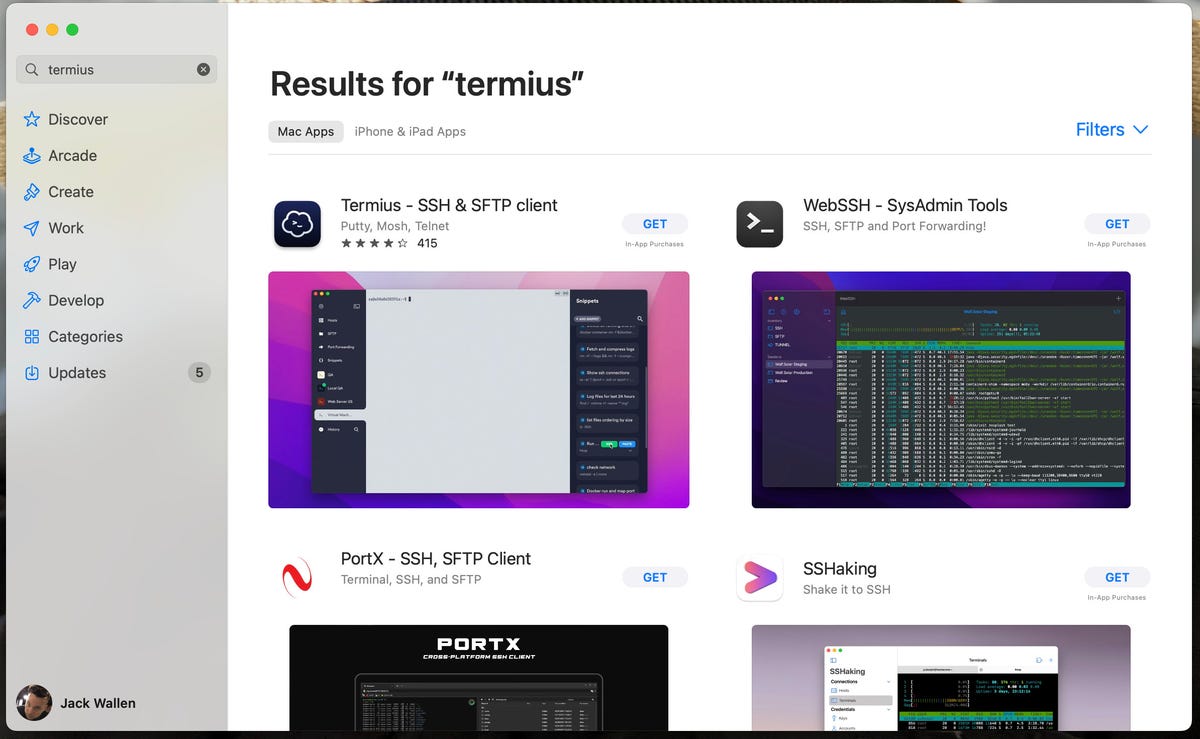
Picture: Jack Wallen.
2. Locate and install Termius
Search termius. When the app appears in the App Store, click Obtainthen on Install.
3. Open Termius
Click the Launchpad icon in the Dock and search for termius. Click on the Termius launcher to open the app.
4. Create a new connection
In the main Termius window, type the IP address or hostname of the remote server you want to reach. Then click on Create Host.
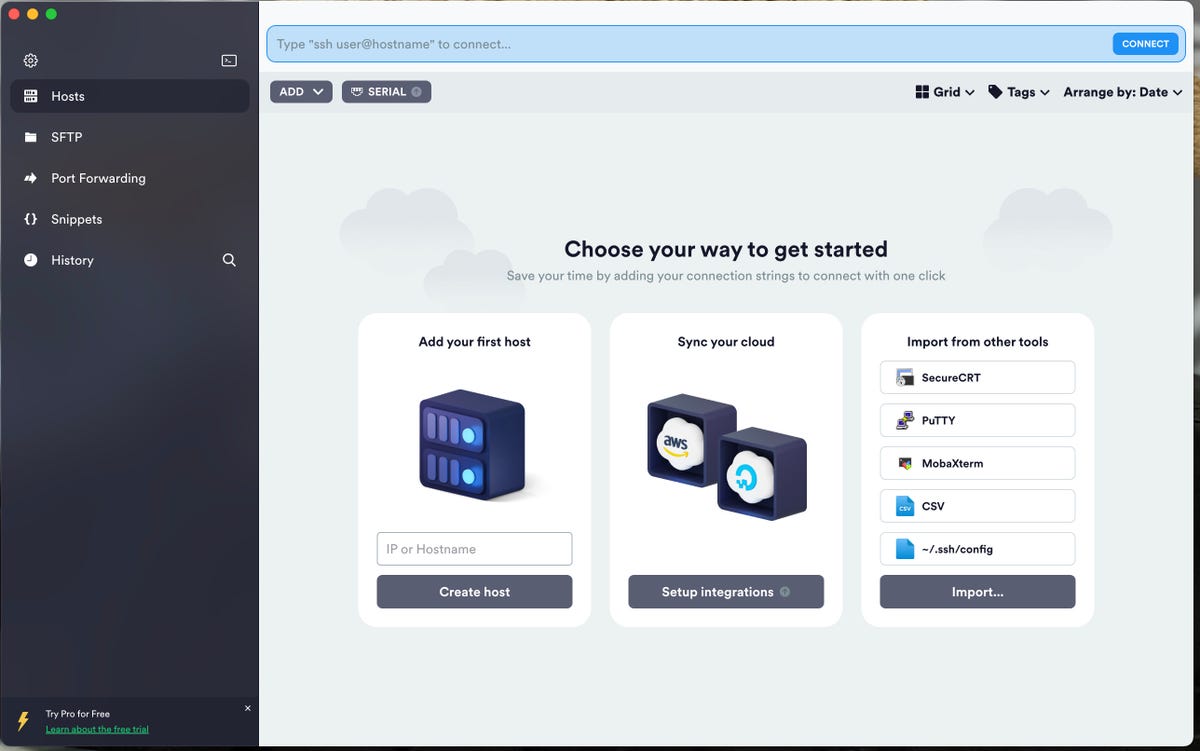
Picture: Jack Wallen.
5. Configure your new connection
In the window that appears, you must at least add a username and password. If your SSH connection uses a particular port, specify it.
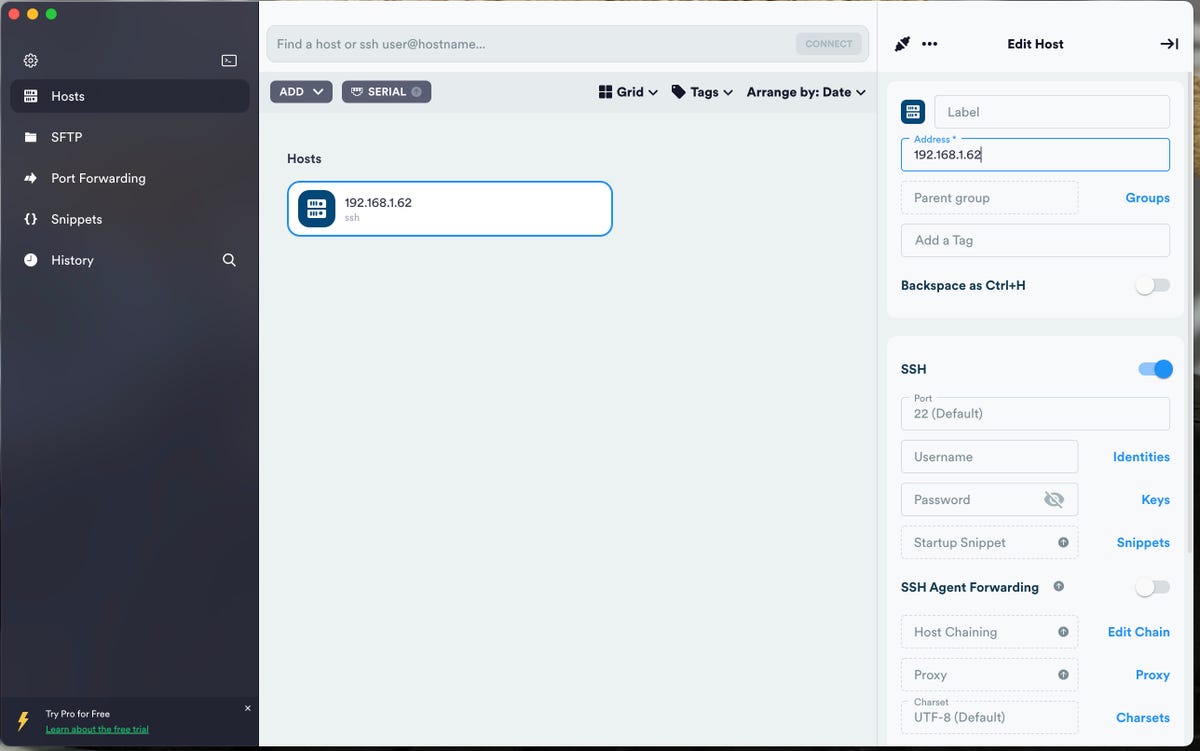
Picture: Jack Wallen.
6. Configure SSH key authentication (optional)
If your connection uses SSH key authentication, you must copy the file id_rsa.pub from the server to the machine hosting Termius. To import this key into Termius, click keysthen on Generate A New Key. In the pane that appears, click Import From Key Filelocate the key file and click Save.
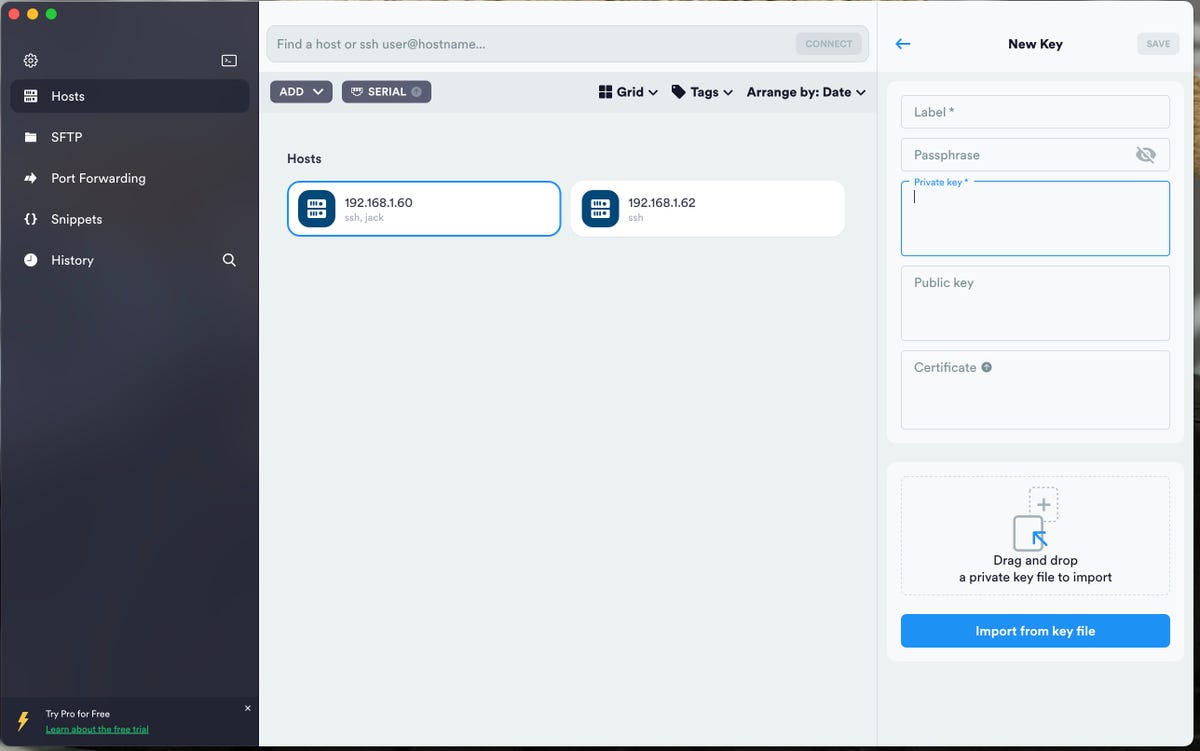
Picture: Jack Wallen.
7. Connect to a remote server
You should now see your remote host added to Termius. Double-click this listing and, when prompted, type the password for the user or SSH key. After successful authentication, you will have access to your remote server, where you can get to work.
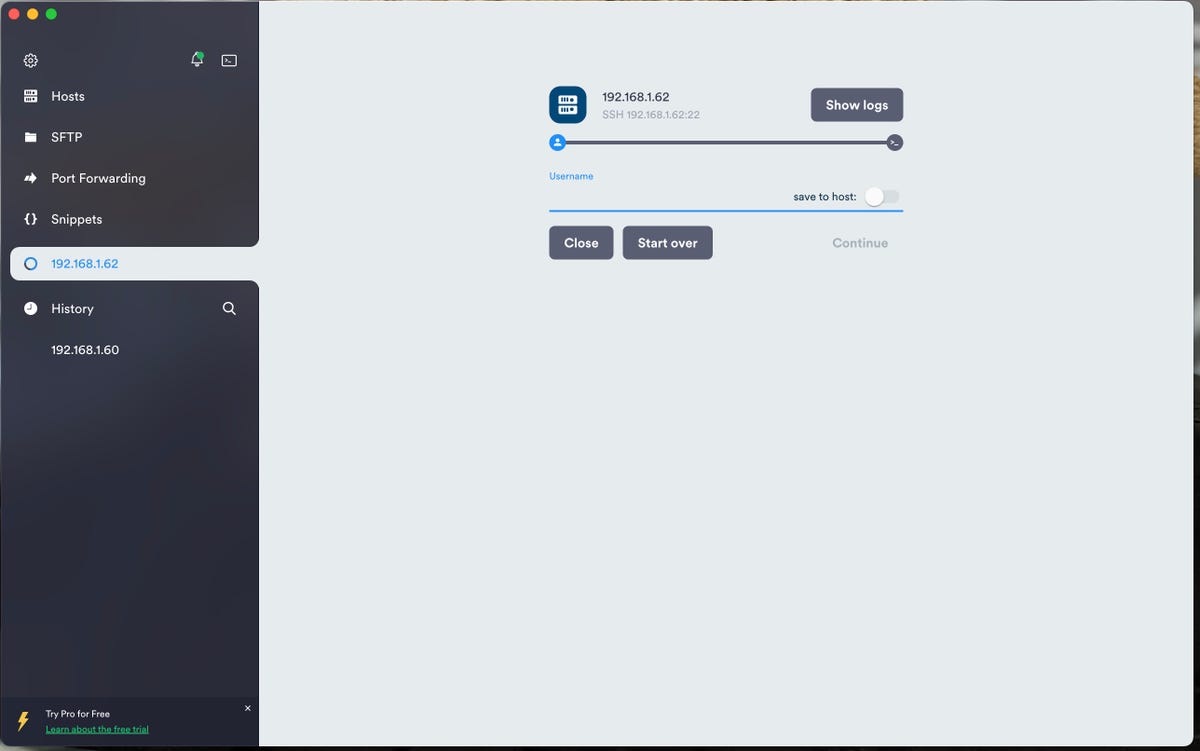
Picture: Jack Wallen.
Add as many servers as needed to Termius, making sure to give them specific names, so you don’t have to remember which server is which IP address.
Source: ZDNet.com
